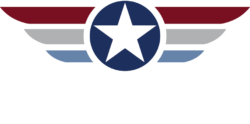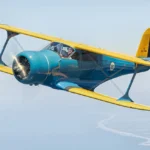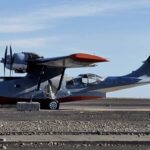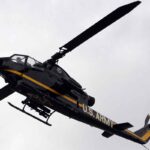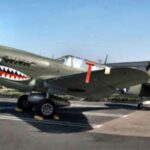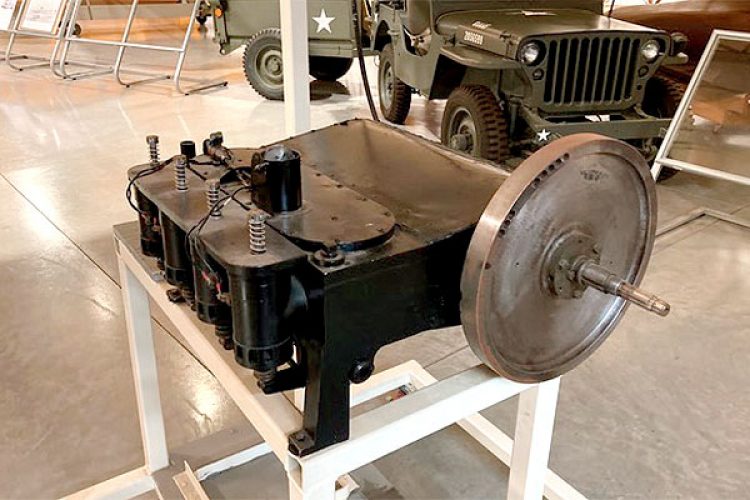
MFG: Wright/Taylor
First Produced: 1903
Horsepower: 12
RPM: 1,025
Bore: 4”
Stroke: 4”
Displacement: 20.1 cu. in.
Dry Weight: 180 lbs.
Valvetrain: Petcock
Carburetor: None
Throughout the 19th century countless experiments were conducted to explore more efficient ways to utilize new forms of energy. While steam provided the source of energy for much of this period, by the turn of the century, the reciprocating internal combustion engine was dominating the field. Among those who sought to take advantage of this new technology were Orville and Wilbur Wright of Dayton, Ohio.
While the Wright brothers focused most of their time addressing the problem of stability and control of their new aircraft design, they entrusted the design and construction of the engine to skilled mechanic Charles Edward Taylor. Initially hired to work in their bicycle shop, the brothers quickly came to trust and appreciate Taylor’s loyalty, hard work, and ingenuity.
By 1903, after several years of experimenting with designs for gliders, the brothers resolved to build a powered aircraft and tasked Taylor with designing and building an appropriate engine. Taylor’s design was built around a cast aluminum block. Four cylinders with four inch bore and stroke produced about 12 horsepower at 1,025 rpm. Fuel from the one-gallon tank hung from a wing strut was gravity fed into a chamber in the engine manifold. Without spark plugs, ignition was achieved with two electric contact points in the combustion chamber. A chain and sprocket system, attached to the crankshaft/flywheel assembly, would spin the propellers with one of the chains crossed over to achieve a counter rotating propeller effect. The engine took him six weeks to build. A friend and great asset to the Wright family, Taylor was nevertheless discouraged from learning to fly himself since the brothers were afraid of losing his exceptional mechanical skills.
Today, Taylor is remembered as a symbol of the invaluable partnership between mechanic and pilot that has characterized all the great successes in aviation from his own time to the present day. The FAA’s master mechanic award, recognizing certified aviation mechanics of at least 50 years of experience, is named in his honor as the Charles Taylor Master Mechanic Award.
